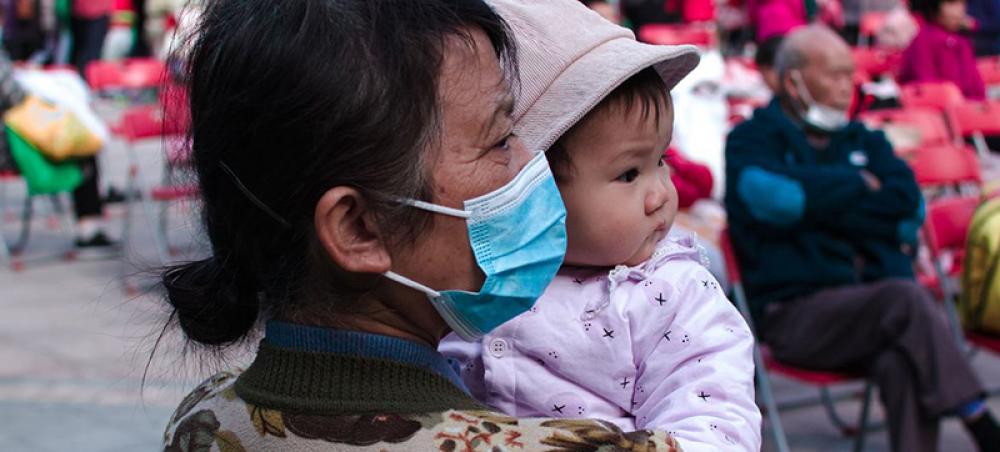Just Earth News | @justearthnews | 06 Jan 2023, 02:35 am Print
 China
China Image: Unsplash/Joshua Fernandez
New York: The World Health Organization (WHO) is concerned about the COVID-19 surge in China, Director-General Tedros Adhanom Ghebreyesus said on Wednesday, in his first virtual briefing for the year.
“We continue to ask China for more rapid, regular, reliable data on hospitalizations and deaths, as well as more comprehensive, real-time viral sequencing,” he said, speaking from Geneva.
WHO is concerned about the risk to life in the world’s most populous country and reiterated the importance of stepping up vaccination coverage, including booster doses, particularly for vulnerable groups such as older persons.
Comprehensive data needed
“With circulation in China so high and comprehensive data not forthcoming – as I said last week it is understandable that some countries are taking steps they believe will protect their own citizens,” Tedros added.
A number of countries, including the United States from tomorrow, have announced new COVID testing requirements for travellers from China to gain domestic entry, amid concerns over the spread of latest variants.
Speaking later in the briefing, WHO’s Emergencies Director Dr. Mike Ryan also stressed the need for more information from the Chinese authorities.
“We know there are difficulties in all countries very often in recording hospital releases, admissions and use of ICU (intensive care unit) facilities,” he said.
“We believe that the current numbers being published from China underrepresents the true impact of the disease in terms of hospital admissions, in terms of ICU admissions, and particularly in terms of deaths.”
Meetings with experts
WHO has held high-level meetings with Chinese authorities over the past week to discuss the rise in cases and hospitalizations.
Its Technical Advisory Group on Virus Evolution (TAG-VE) also met on Tuesday with Chinese experts to discuss the situation.
During that meeting, scientists from the Chinese Center for Disease Control and Prevention presented data from what they described as imported and locally acquired coronavirus infections.
The analysis showed that most of the virus circulating in the country are of two Omicron lineages, BA.5.2 and BF.7, which accounted for 97.5 per cent of all local infections, as well as a few other known Omicron sublineages.
“These variants are known and have been circulating in other countries, and at the present time no new variant has been reported by the China CDC,” the TAG-VE said in a statement on Wednesday.
So far, 773 sequences from mainland China have been submitted to the virus database operated by the global science initiative, GISAID.
Most, 564, were collected after 1 December. Of this number, only 95 are labelled as locally acquired cases, while 187 are imported and 261 “do not have this information provided.”
The majority of the locally acquired cases, 95 per cent, belong to the two Omicron lineages.
“This is in line with genomes from travellers from China submitted to the GISAID EpiCoV database by other countries. No new variant or mutation of known significance is noted in the publicly available sequence data,” the statement said.
- From thinning to thriving? New hair loss treatment is showing promising results in trials
- Surprising coffee link: Daily cups may slow ageing in severe mental illness
- Malaria crisis looms as WHO reveals explosive rise in drug resistance
- Study shows nanoplastics from bottles are not just pollution—They may be harming you from within
- Are birth control pills affecting your mental health? New study raises red flags



-1763561110.jpg)


